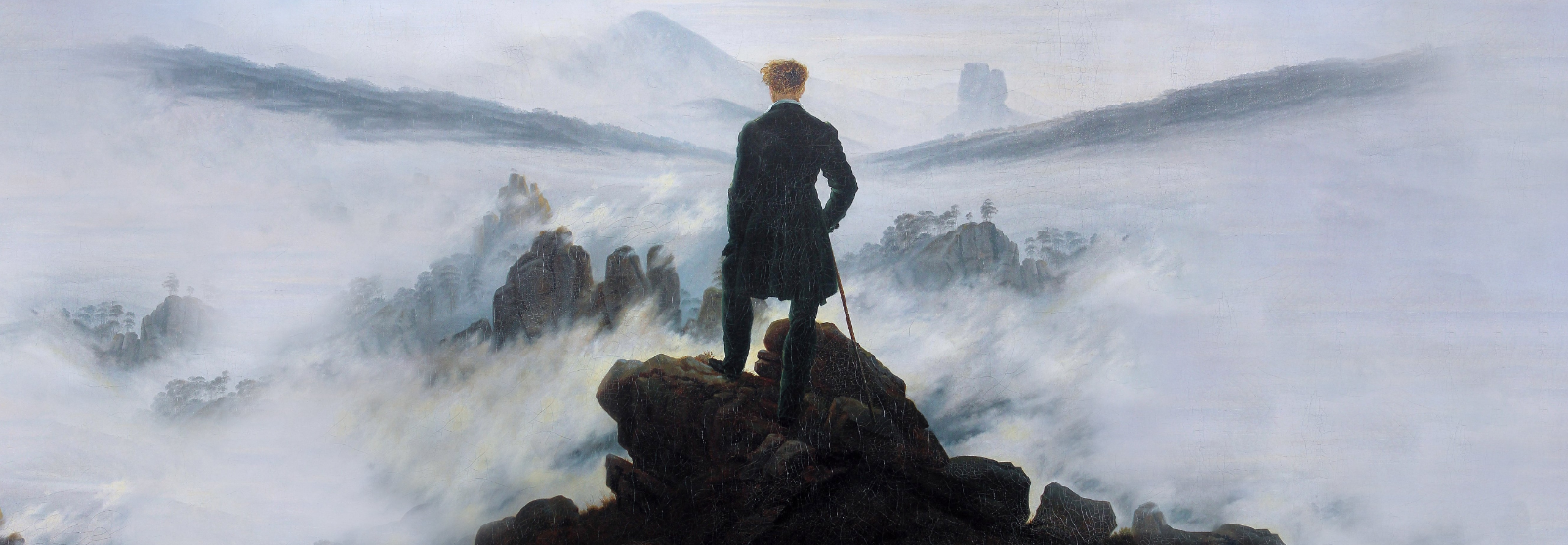Heinrich Schliemann was the only archaeologist alive to believe that the legendary city of Troy was real. Guided only by a copy of Homer’s “Iliad,” he set out on the dry plains of the Turkish Peninsula to find his lost city. At the time, Troy was merely a myth; after Schliemann’s discovery, it was history.
What other lost civilizations might be hidden in plain sight? Could there be clues of a lost global civilization?
At first glance this sounds preposterous; a tale for campfires and conspiracy theorists. But there may be more evidence of some sort of pre-columbian global civilization than can be explained away or at least a tangible influence across oceans and thousands of years.
In biology, the principle that forms evolutionary family trees is called parsimony. The parsimony principle states that the simplest path of evolution is usually true (much like Occam’s Razor).
And so, when biologists run across two species that have a very similar, unique trait; they can assume these species most likely share some common ancestor. The much less likely option, although viable, is that these two species both evolved the same trait separately in a process called convergent evolution.
With this in mind, we can apply parsimony to Earth’s ancient civilizations to determine if their similarities arose independently or if they had some shared ancestry across space and time.
All scientists would agree that all Homo sapiens have a common origin as a species in sub-Saharan Africa. We then slowly migrated into Europe, Asia, the South Pacific and eventually arrived in the Americas around 50,000 years ago, according to one study. At this point, early tribes could have had some influence on each other across continents. But, at the end of the last Ice Age, around 20,000 years ago, the bridge between Asia and the Americas began to melt away and the idea of cross continental influence becomes much less accepted.

The dates of this hypothesized migration pattern is still under debate. As stated earlier, there is evidence of mankind in North America as early as 50,000 years ago.
However, whether by instinct or insight, civilizations all across the world began to build empires. Ancient sites like Göbekli Tepe, a 12,000 year-old religious monument in Turkey, and the Cuncaicha rock shelter, a 12,400 year-old encampment in Peru, are the first signs of these seemingly separate civilizations taking form. From there, nomadic tribes settled down in fixed locations, began to farm, raised livestock, and built great cities. We were no longer the hunter-gatherers of old; we had become civilized.

Gobekli Tepe is a series of circular rock formations with intricate depictions of various animals and symbols. It was thought to be a religious center spanning from 10th to 8th millennium BCE until it was mysteriously, intentionally buried.
But was this civilization evolving or was mankind evolving itself? That is to say, did mankind already have this innate ability to create civilizations within their DNA or was there a distinct evolutionary change to the physiology or psychology of man to allow for the creation of civilization?
To modern day man, the idea of civilization seems blatantly obvious. And some of the innovations of civilization are simply logical. Why would I chase down my food when I can just raise it or grow it nearby? Perhaps clusters of people across the globe were simply using their natural ability to problem-solve and nearly all of them found the same solution to the problem of unreliable food sources. This could also be said about the building of walls to protect against invasion or the development of language to convey information.
But the similarities do not stop there…
Metals rust away, plastics degrade, and fabrics decompose but what will remain of our modern civilization (when it collapses) after thousands of years is stone; and this is exactly what we find from the ancient civilizations around the world. That is not to say that the ancients were walking around with iPhones, but many of these stone monuments, like the Great Pyramid or Machu Picchu, would be extremely challenging even with modern day technology. It isn’t much of a stretch to think that these ancient civilizations might have had more technology than simple bronze chisels and stone tools. In fact, some of the features of these ancient structures are so impressive that they make a trip across the Atlantic to visit another civilization seem like child’s play.
And their building techniques are strikingly similar.

Pyramids can be found all across the globe; in Egypt, Peru, Mexico, China, Mesopotamia, India, Indonesia and even the United States.

Images of metal clasps used in the construction of stone structures across the world: TL Dendera Egypt, TR Angkor Wat Cambodia, BL Tiahuanaco, BR Ollantaytambo
Another feature of ancient sites is their heterogeneous walls. Instead of identical blocks, walls are constructed with mixed shapes that fit together like a puzzle. Even with this design, the stone fit so closely that not even a piece of paper can fit between them.
This method of construction allows for better stability and earthquake resistance. It was originally thought this method was simply ancients using the stones they had to fit together, but, in some instances, there are identical heterogenous walls adjacent to each other showing that it was an intentional building method.

Left: The Valley Temple, Egypt. Even though the walls of this temple have oddly shaped stones, many of the walls opposite each other are identical patterns. Right: Stone walls of the Incan Empire in Sacsayhuamán, Peru.
In order to create massive structures, these civilizations had to develop written language. In fact, a written language seems to be the cornerstone of civilization itself. In this vein, a fairly shocking discovery was made in Bolivia near Lake Titicaca.
Now this is a very controversial artifact. (Too controversial to even get a wikipedia description) – The object is the Fuente Magna bowl, and it contains writing that strongly resembles cuneiform, which was a written language used widely in Sumer and is regarded as the first written language in the world.
The origins of this bowl are not well-documented and the dates of its creation have been argued to be anywhere from 500-3,000 BCE. However, if it is a legitimate artifact then it it’s implications are astounding. The inscriptions have been submitted to experts in cuneiform writing and translations have been deciphered involving child sacrifice and worship to the gods. Could this bowl prove an interaction between the ancient civilizations of the Americas and Mesopotamia?
Lat’s take a step back. Whether or not this bowl is authentic, this causes us to wonder about the beginnings of written language. Isolated people across the world developed written languages separately, and even those that do not seem similar in style are identical in function. Perhaps, creating language and building civilizations is a part of what makes us human? Perhaps even without any knowledge of civilization, if we dropped a group of people in a isolated location, they too would eventually come up with a written language. Similarly, they would begin to worship gods, raise livestock, grow plants, play music, build giant stone structures, self organize and foster civilization.
But not all people across the world have created a written language or even what we might refer to as a “civilization.” There are still nomadic peoples and isolated tribes in our world that have neither written languages, agriculture, nor stone monuments. If building civilizations is inherent to humanity, then why don’t all humans create them?
Earlier, we determined that humanity has only been isolated across continents, in the most extreme cases, for no more than 20,000-50,000 years. While this may sound like a large amount of time, evolutionary, this is only a blink of the eye and does not allow nearly enough time for our brain chemistry to change dramatically. So we must assume that all Homo sapiens across the world had the same mental capabilities when civilizations began to arise. They were all capable of it.
“All the beavers in the world build the same dams.”
– Revelation of the Pyramids
But not all men build civilizations. What is more likely is that civilization is a form of adaptation. In biology, we call this a response to a stimulus. Civilization is one solution to the problem of scarcity of resources and the need for security.
The modern day isolated hunter-gather tribes do not seem to have the same pressures and so they have not formed advanced civilizations. Most of them are found in resource rich locations and separated by geographical barriers that protect from outside pressures.
Scientifically speaking, civilization is not an end goal of Homo sapiens evolution. In fact, evolutionary biologists would assert that evolution itself does not have a end goal or natural progression, it is simply a reaction to environmental pressures.
So then why do we find so many supposedly independent peoples forming such strikingly similar cultures and structures?
Something doesn’t add up…
Modern archaeology would argue that there was no shared influence or interaction due to the lack of written accounts or any explicit signs of cross-oceanic travel. However, as the similarities stack up (and there are many more even than discussed in this article), believing in an independent, convergent evolution of ancient civilizations becomes much more difficult.
Even on the incredibly remote Easter Island, we find giant stone statues, called “Moai,” that litter the shorelines.
If civilizations did arise independently, it was not just in a few places, but in many seemingly isolated areas mankind eerily came up with similar building designs, languages, and cultures.
(Two or three cases of similar civilizations arising is fathomable, more than that becomes statistically less and less likely.)
The truth is that if mankind did build these civilizations without any knowledge of each other, it is even more remarkable than any sort of lost, global civilization.
Below is a entertaining video that speaks about the similarities of ancient cultures. Although at times it goes way too far, it is a fun watch.









Leave A Comment